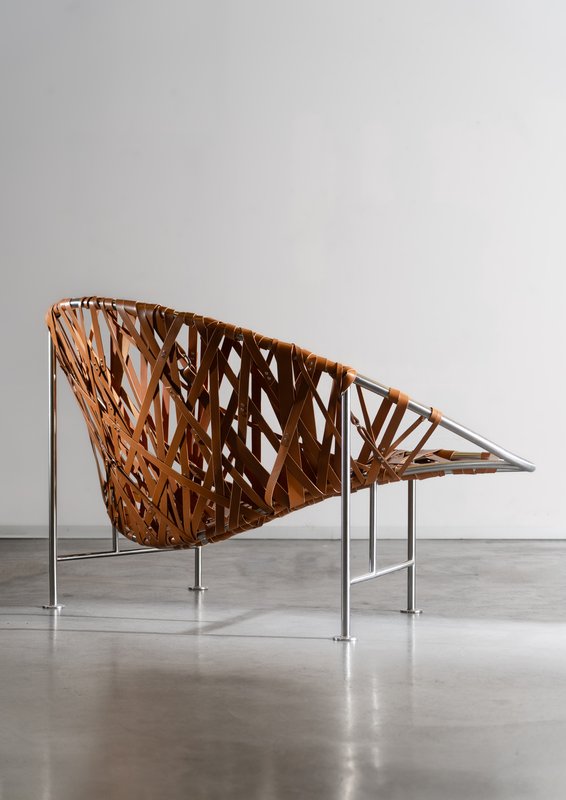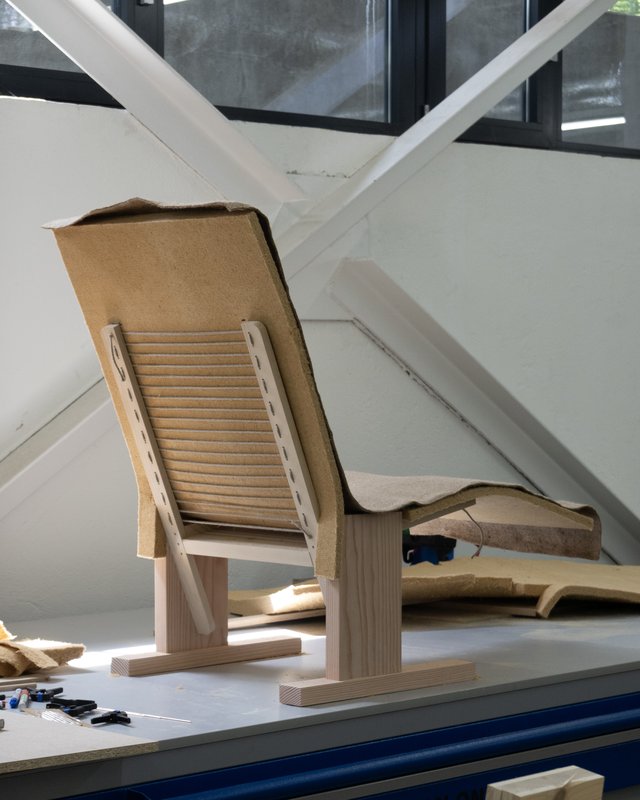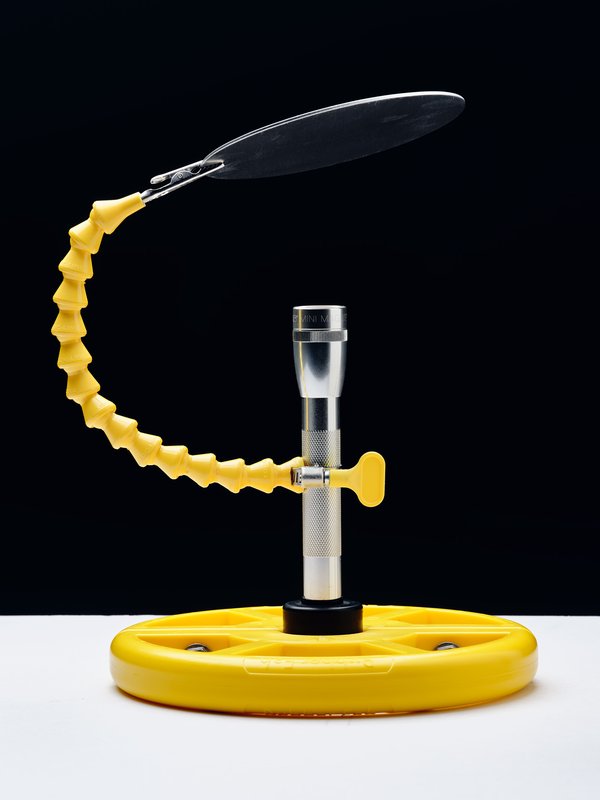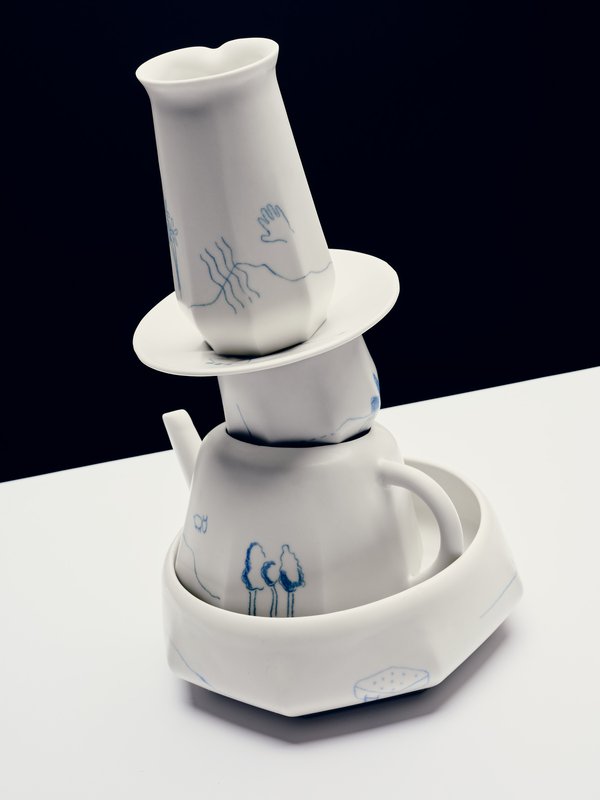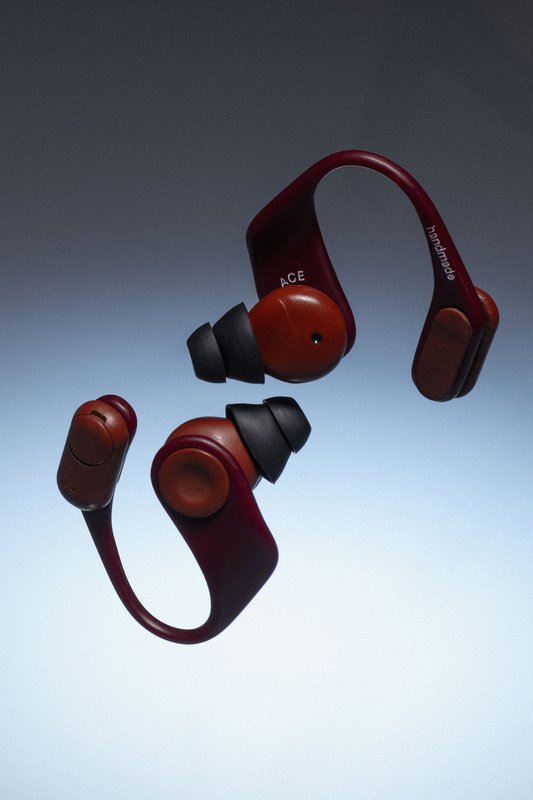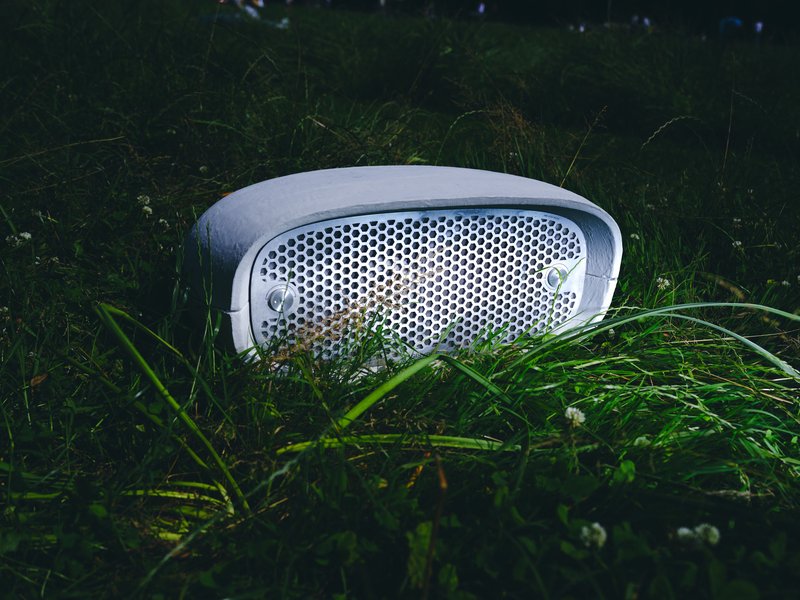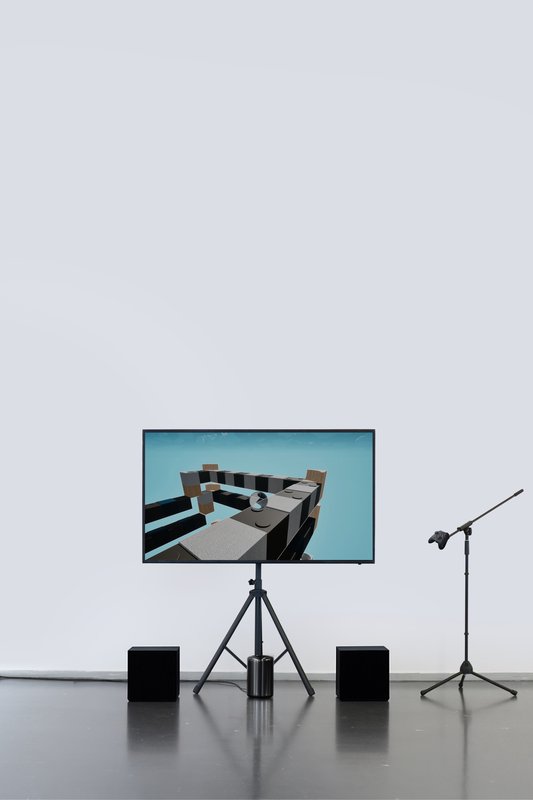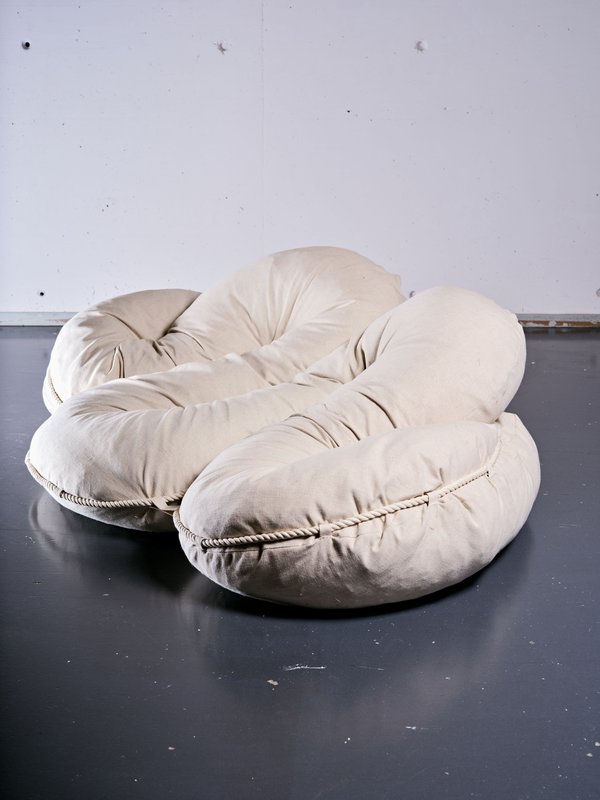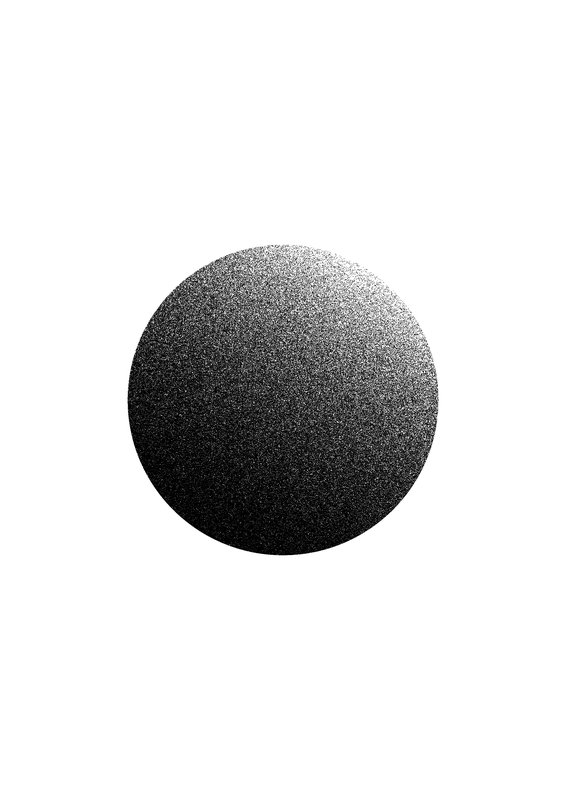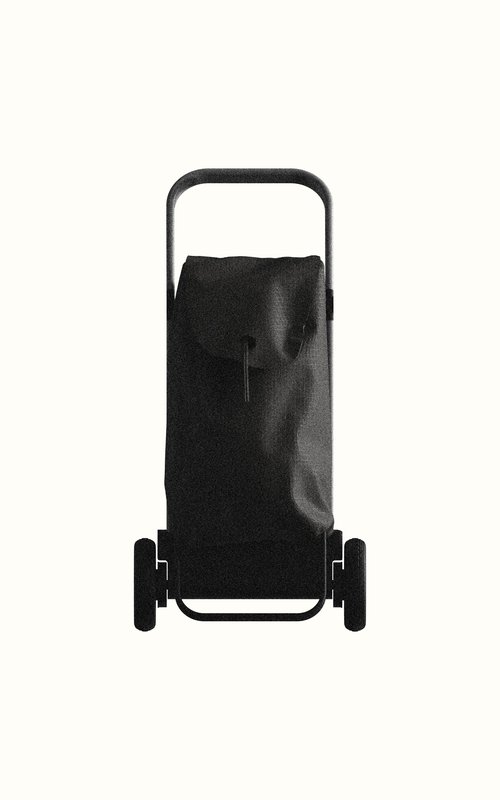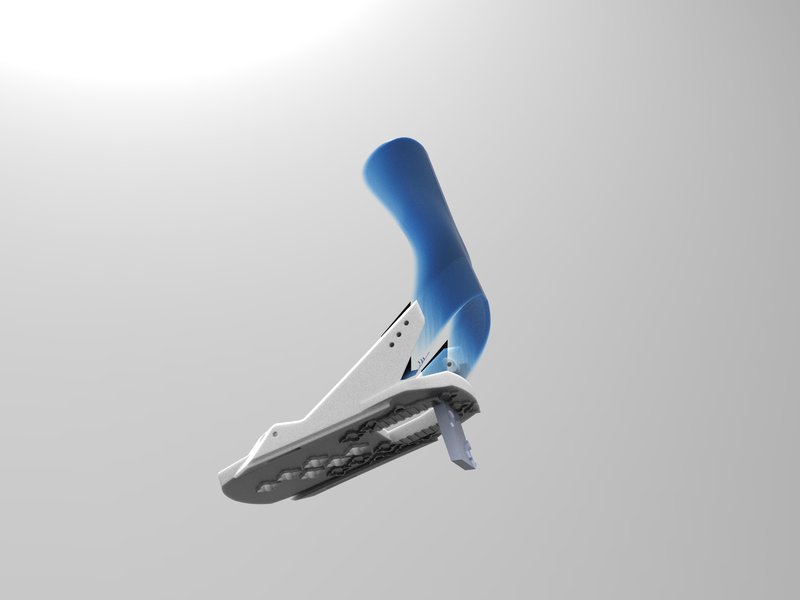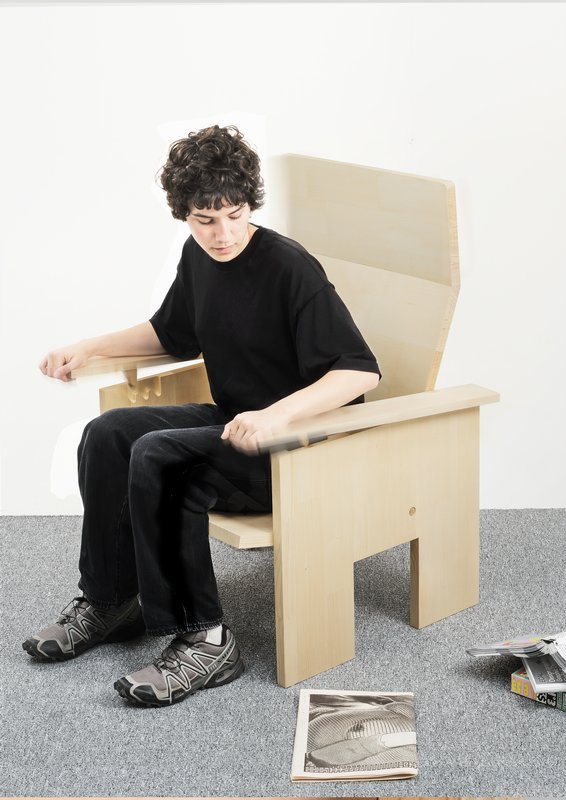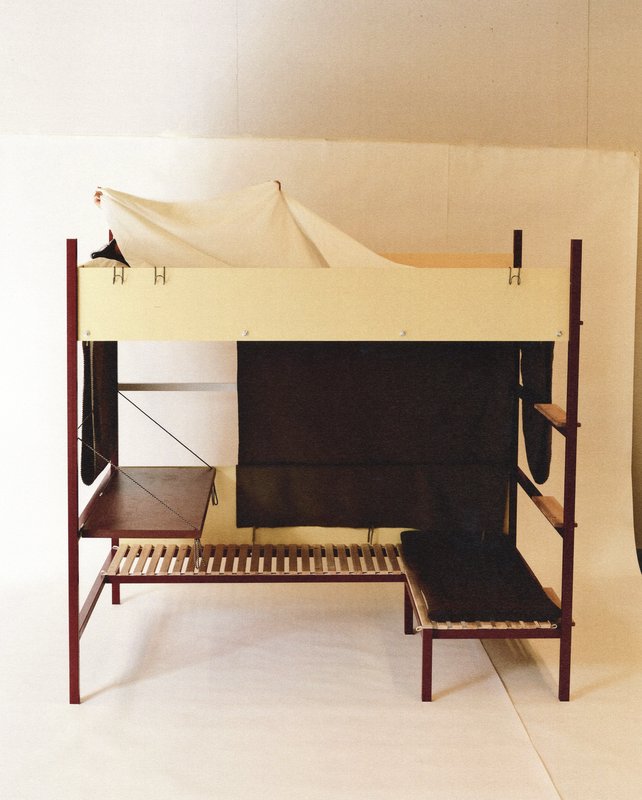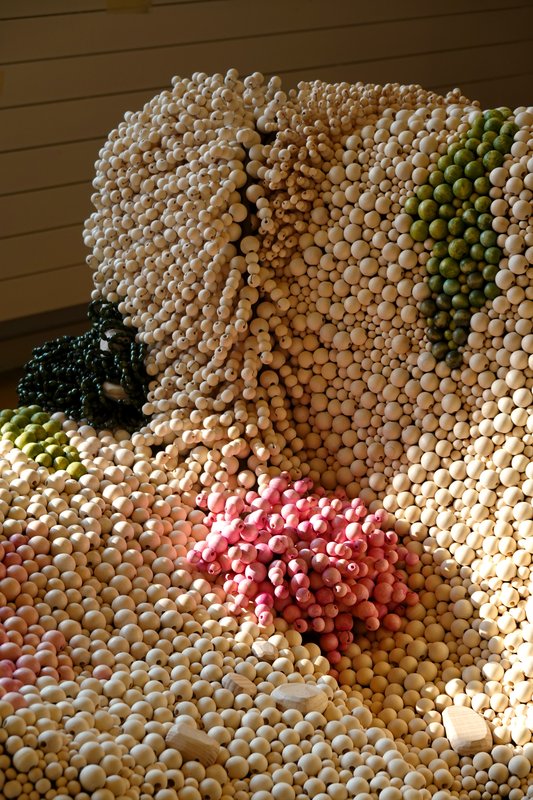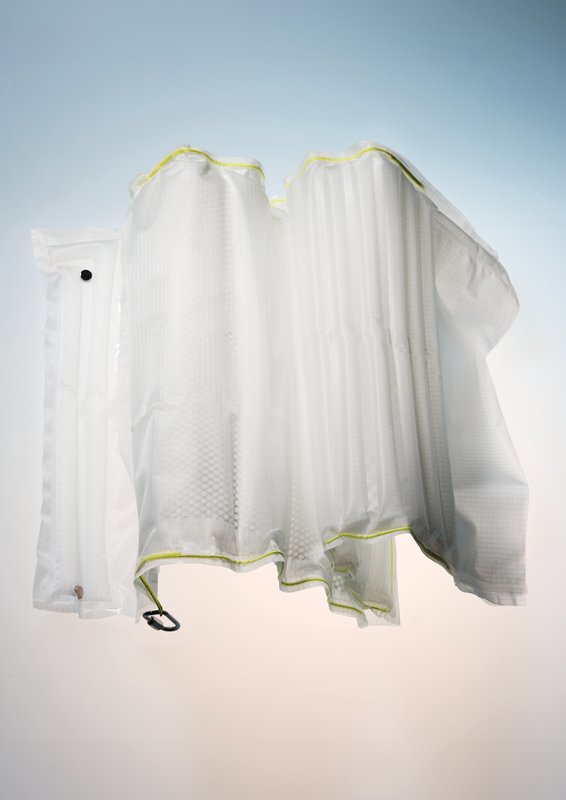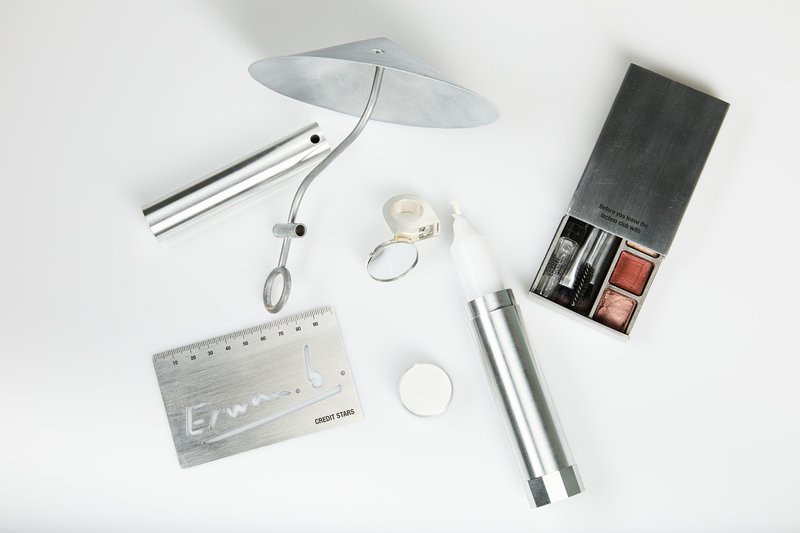
PRODUCT DESIGN
Yeonsu Na – Emerging Absurdity
by Yeonsu Na
Emerging Absurdity is a series of five accessories for contemporary daily life. Drawing on everyday norms, the designs incorporate elements of humour and charm, while remaining rigorously constructed and thoughtfully resolved. The project includes a cigarette umbrella, a floss ring, a glue stick-inspired candle holder, a MagSafe cosmetic case, and a signature ruler. Each object responds to moments that are oddly specific yet strangely familiar. These are not solutions to urgent problems, but careful responses to emotional details. The designs take absurdity seriously, exploring how even the smallest gestures and habits can be elevated, questioned, or gently exaggerated through form.
